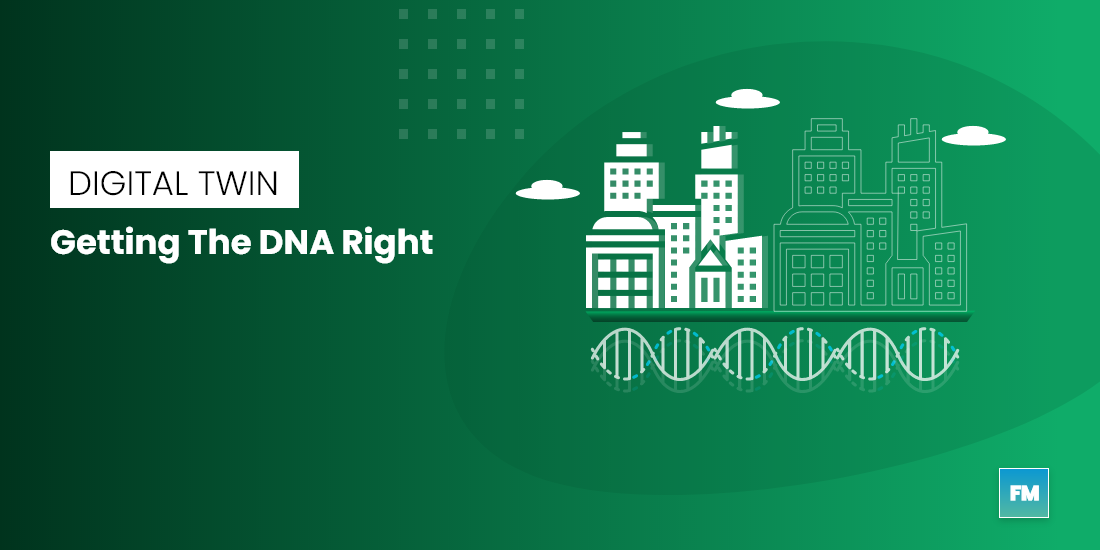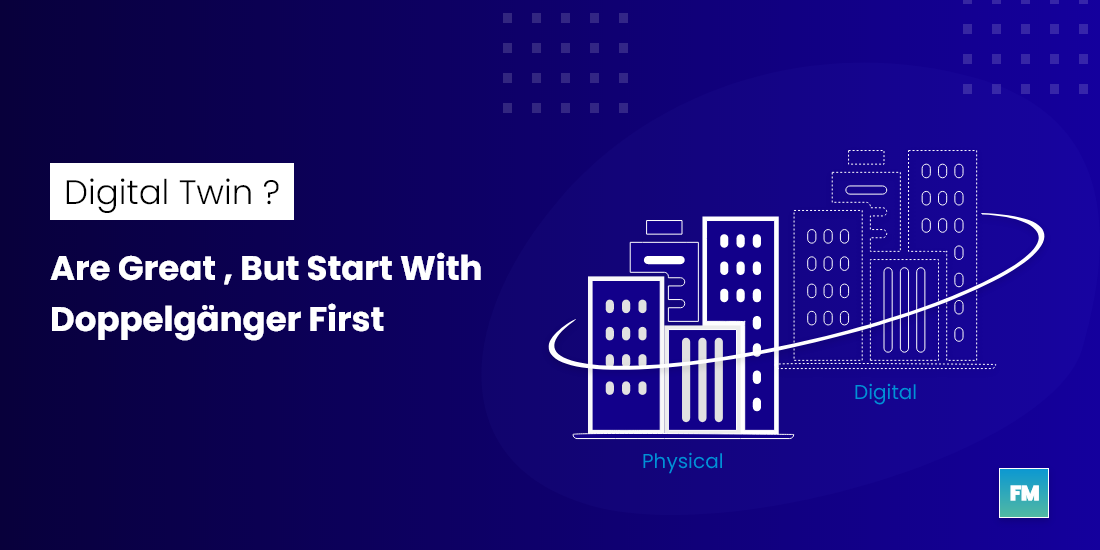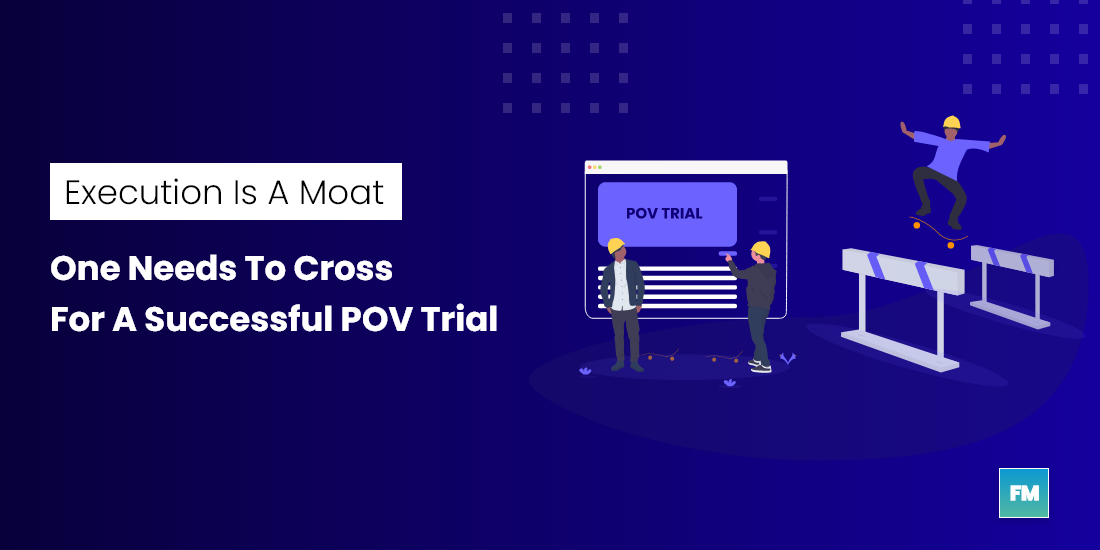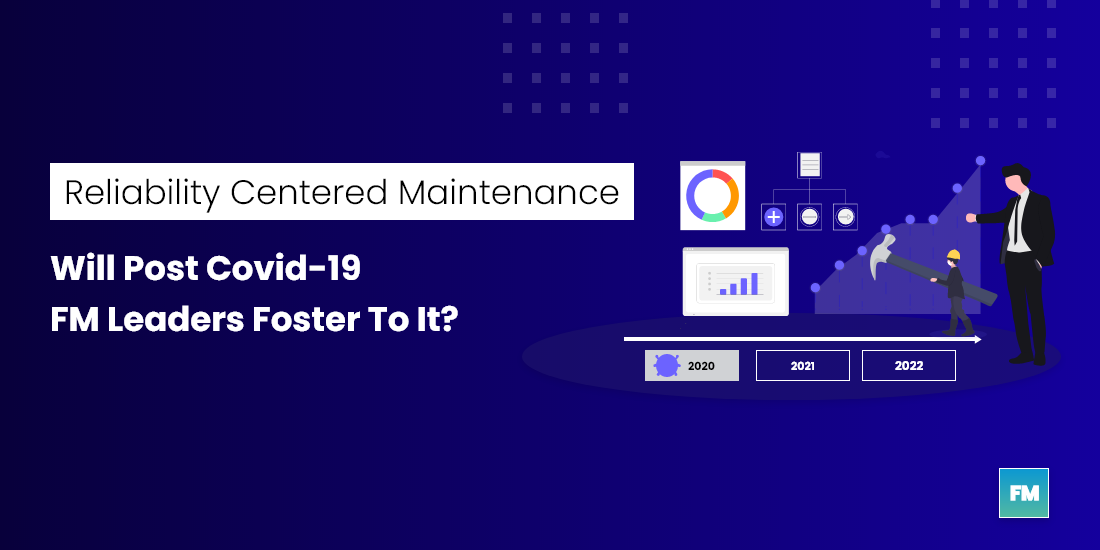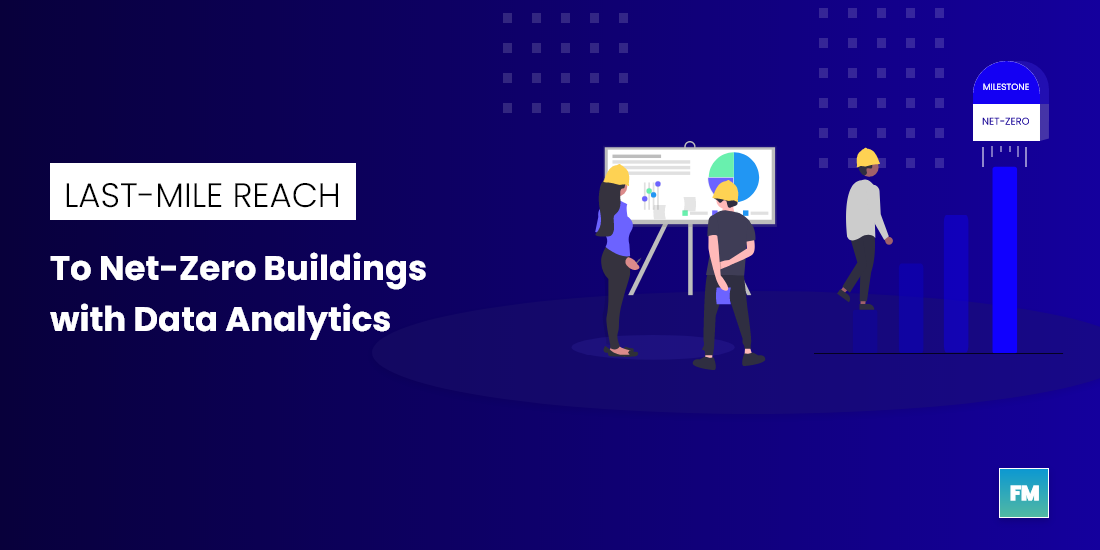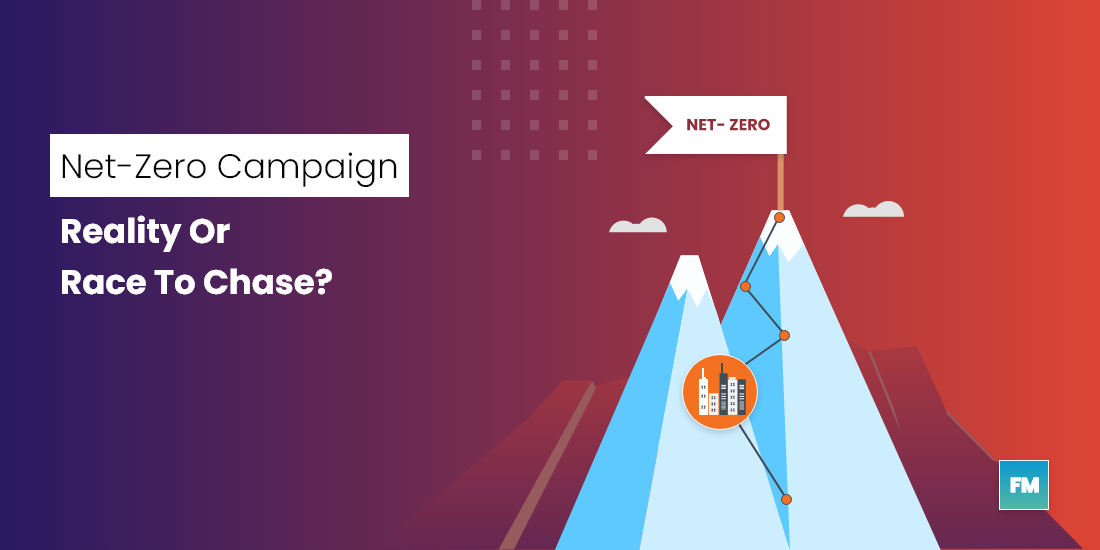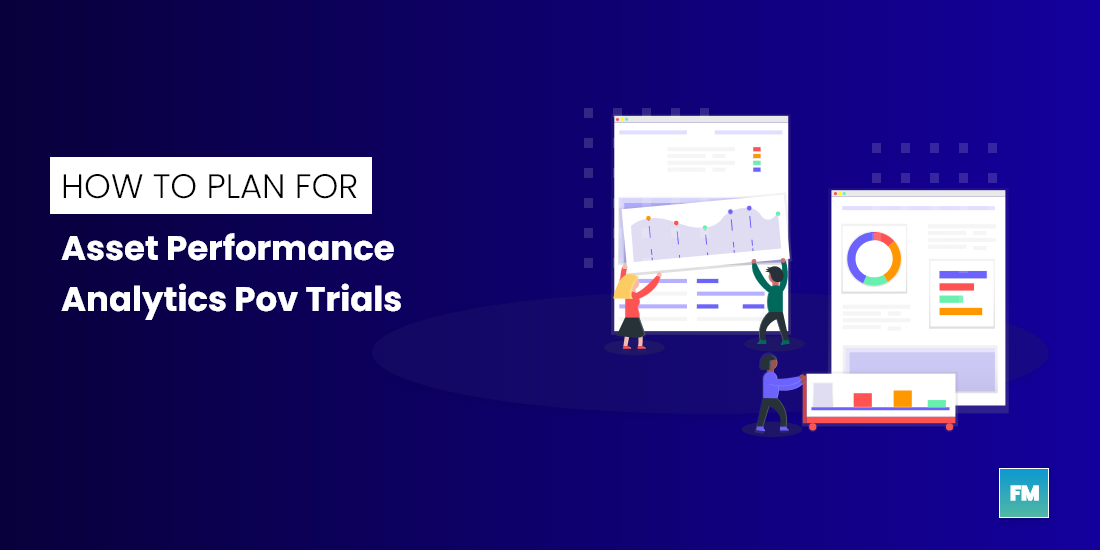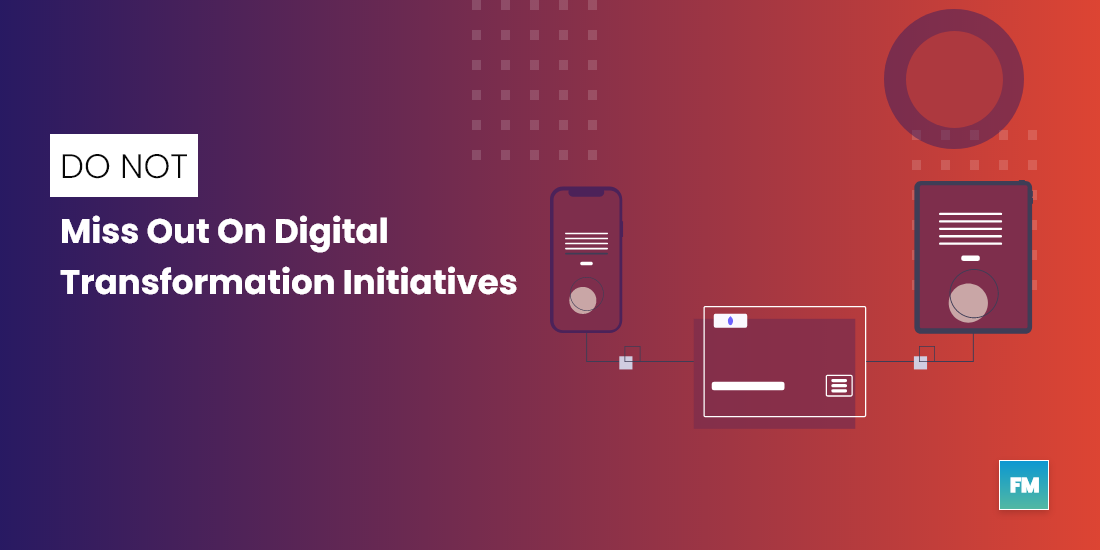The scope and depth of digital twins are far different than the asset management or facility management platforms. They do now have specified modules like the lateral ones hence digital twins are mostly referred to as products, platforms, or processes. This differentiation depends on the aspects/ use cases that have been in focus likewise the purpose to implement it.
In the previous article, the building blocks of digital twins, and when to opt for them were discussed. In this, a deep dive into the classifications, finding out what’s suitable for your facility is being shared.
Digital twins could be available from basic to complex nature and organized into 3 major categories. The digital twin may use 2D or 3D simulations, a mesh of IoT devices, local or 4G networks, and another bunch of technologies such as blockchain, edge computing, cloud computing, etc. Depending on its complexity, each digital twin may have access to past, present, and future operational data and increased predictive capabilities
One cannot reinstate enough on the fact that whatever the platform or application is chosen for developing digital twins, has to improve your decision-making ability. Regardless of autonomy, one should be in a position to reduce unplanned breakdowns, improve efficiency, and ensure a pleasant tenant experience.
The digital twin and its ecosystem may vary in scale and complexity for size and scope.
As per the requirement categorising goes as mentioned below.
Assets twinning:
Operational data from critical assets such as chiller, cooling towers, or elevators are continuously collected and monitored on a central platform. Design specification from the OEM is used to build the replica of the asset. Note that, it is not necessary to have the 3D model. However, It should exhibit the physical characteristics of the assets in most of the cases and could be programmed and displayed in a 2D.
From the digital twin of the assets, one will be able to analyze changing patterns and answer to
- What are the failure modes? (How does an asset break)
- What are the consequences?
- What are the mitigating recommendations?
Important KPIs for a digital twin of an asset can be listed as Availability, Uptime, Productivity, Cycle Time, OEE Lead Time, and Equipment Failure Rate.
Since the digital twin can communicate and control the physical asset it can help monitor and optimize the performance of individual assets with a greater level of autonomy.
System twinning:
Moving from asset to a set network of assets, such as HVAC networks where operations of AHU and chillers are interlinked and can be affected if one of them deviates from its course. Data Inputs in such twins are extended to external factors too such as room temperature or humidity. Hence the model has to respond to all the possible scenarios where external parameters drive the change.
System twinning allows facility managers to operate the entire system (collection of dependable assets) to achieve a result at a system level. They combine individual Asset Twins and provide the opportunity to check how individual assets work together.
A network of systems:
Twinning the network of systems optimize the operations involving asset data, building’s design aspects as well as occupancy and workflow processes. These types of twins process complex data, exchanges by harnessing real-time data, and the platform adds value by optimizing the performance to drive savings through actionable insights and predictive maintenance.
Facility management teams can use the platform to learn about how occupants behave and automatically predict future needs.
The maturity metrics of digital twins
Scope and usability of a digital twin is evaluated based on 3 parameters

Autonomy:
It can be defined as the ability of a twin to operate independently without any human interventions. For example, by predicting the cooling demand automatically changing the chiller sequence to an optimum level.
There is always a provision to select from semi autopilot, manual or complete autonomous mode. However, in most cases facility operators go for the semi autopilot mode where routine activities are controlled by the system while for the critical assets operator receives notifications and alters on maintenance tasks whenever an issue arises. Ultimately one holds the authority to plan and act on it at the right time.
Intelligence:
Intelligence can be defined as the ability to execute multiple logics. It can also quantify based on the processing or computing speed of the system. As you go up from asset twinning to network of systems you would need higher computing capabilities as the complexity of the logic goes up when multiple systems are involved.
Learning:
Self-learning ability of the system remembers historical tasks and influencing parameters to create possible scenarios and suggest optimum settings. Twins logic is based on Machine learning and Artificial intelligence which help them to automatically learn from data to improve performance without being explicitly programmed to do so.
There are several stages of advanced learning, however only a network of system or process twins need such ability. Asset twinning can easily be processed without self-learning features.
As you go up from assets to network of systems, importance to feedback and prediction increase. At higher levels, machine learning capacity, domain-generality and scaling potential all come into the picture.
When to settle?
The digital twin allows “What if?” scenarios to be run automatically to determine possible strategies that optimize resource usage. A critical part of decision making can be taken care of by the twins and on-site facility management teams can then review the recommended strategies to assess the impact of each recommended approach.
By now one would have realized that digital twins are continuously evolving in terms of intelligence and applications. There is a high chance that your first one might just set the foundation for the latest to come, hence it is wiser to focus on scalability and start with asset twinning and once you see the expected outcomes go for the entire network of systems.
Want to explore about Asset Performance Strategy for CRE? Attend the virtual session Re: CONNECT organized by UNISSU (sponsored by Xempla) on Jan 07th, 2021 REGISTER HERE
